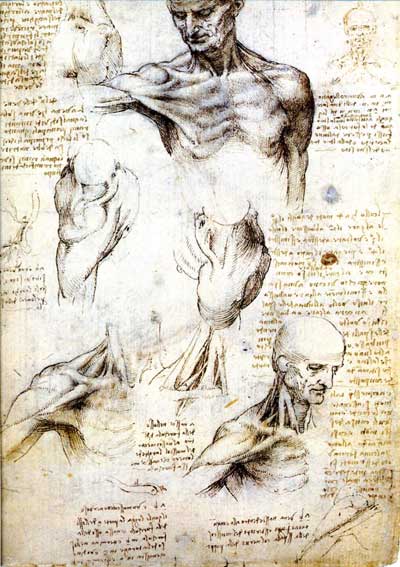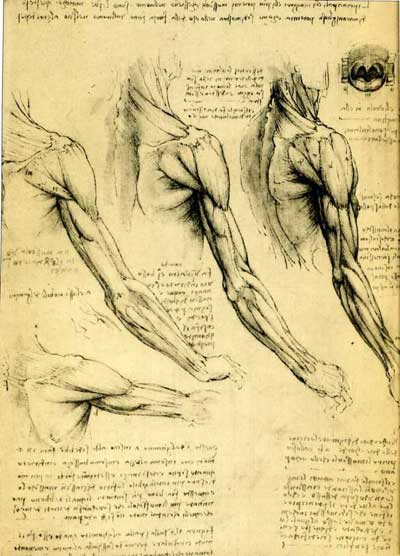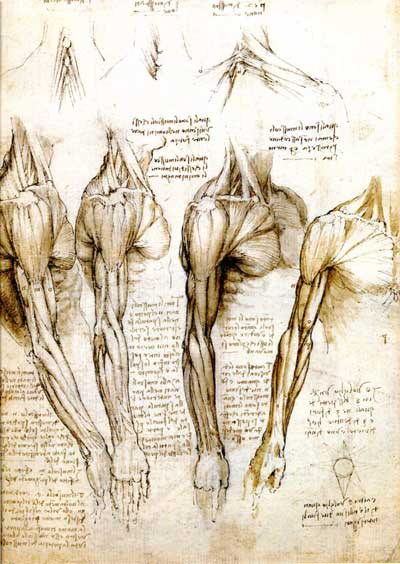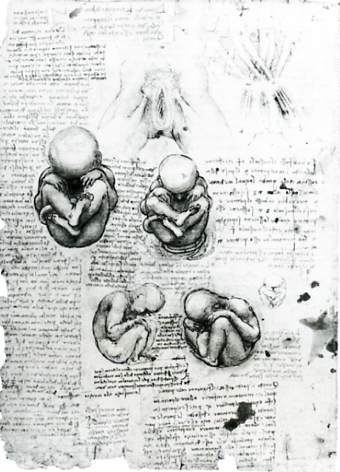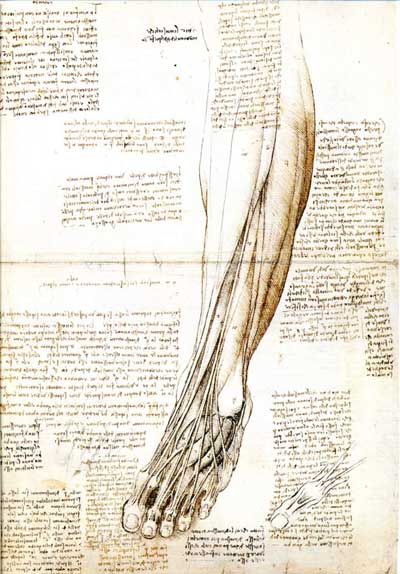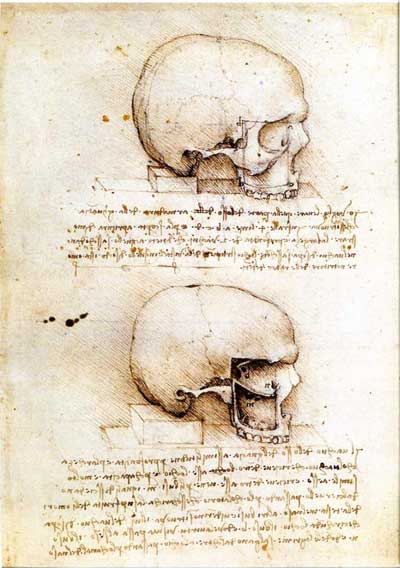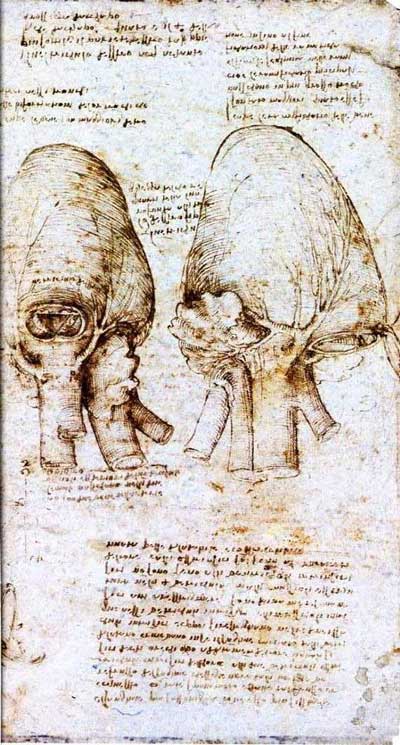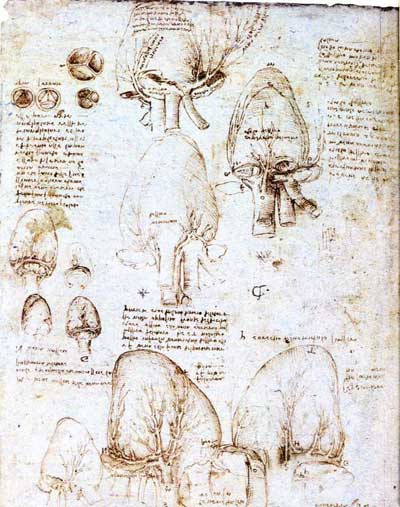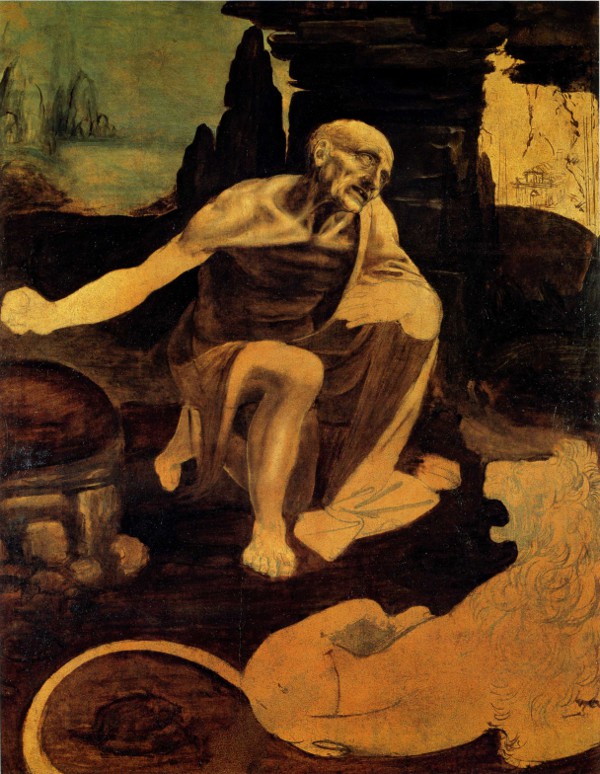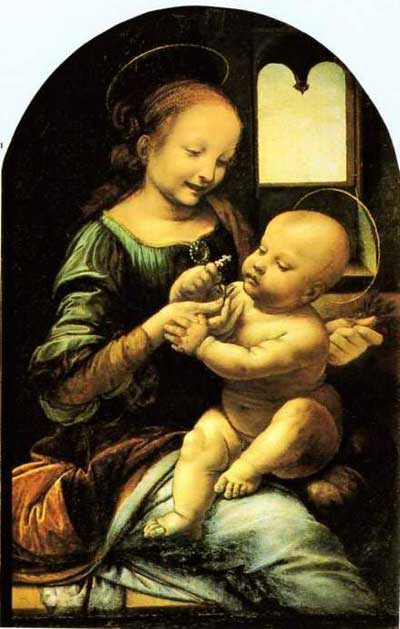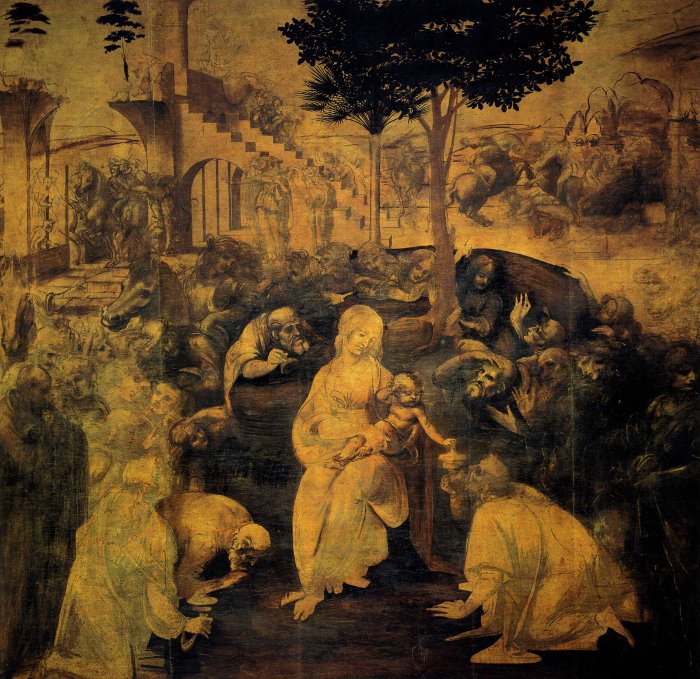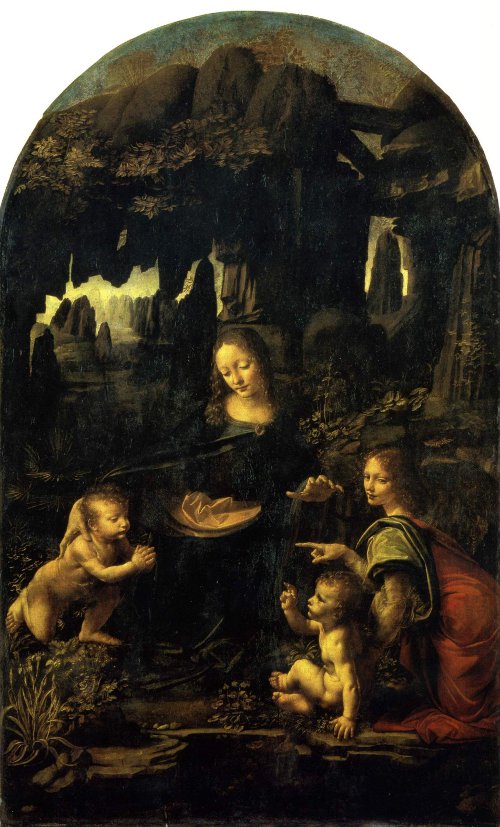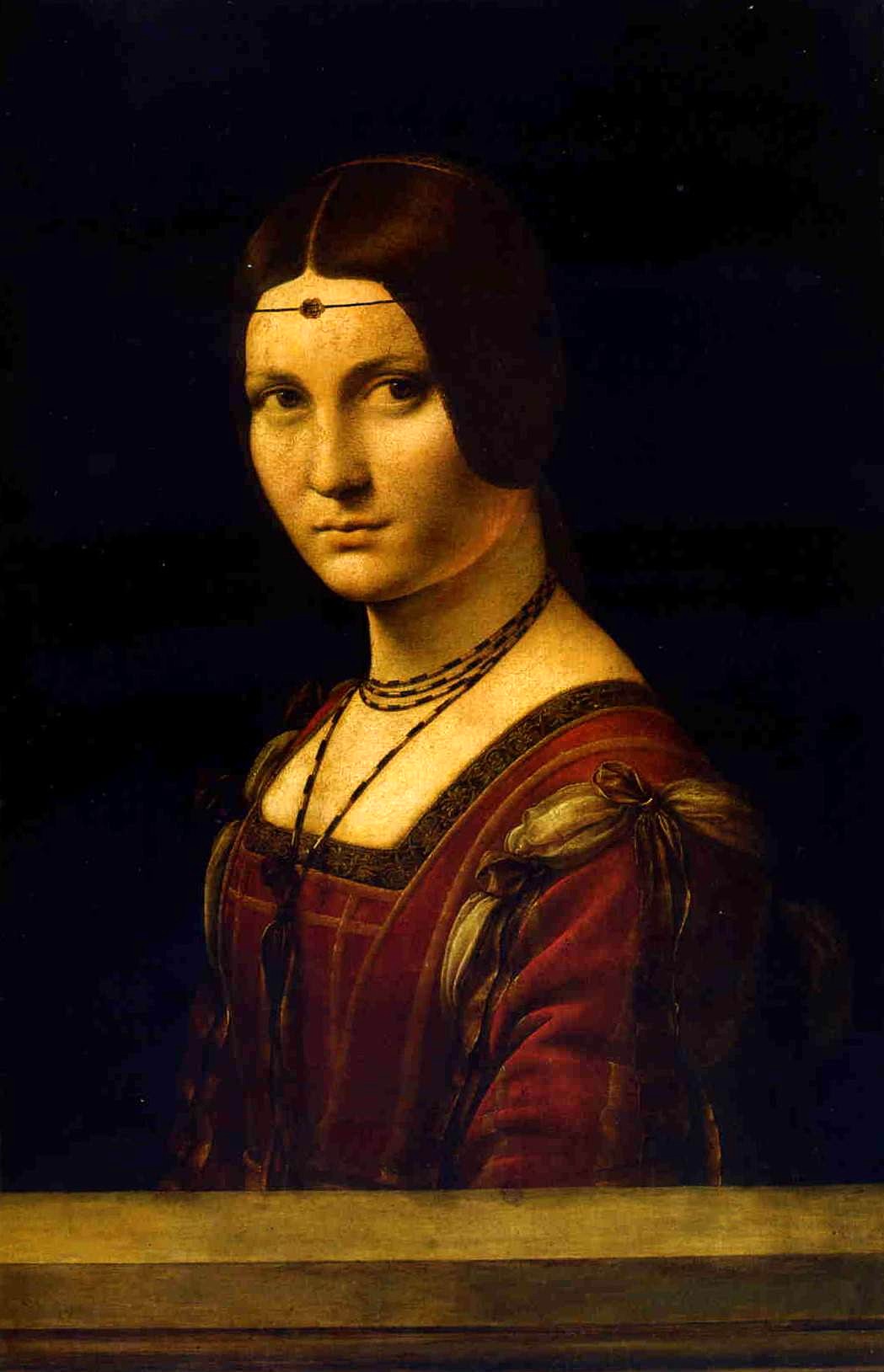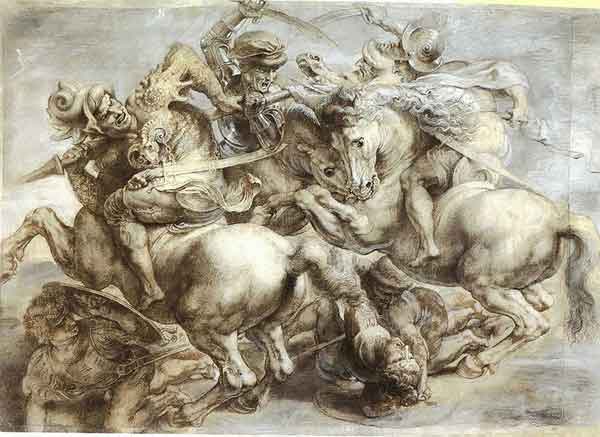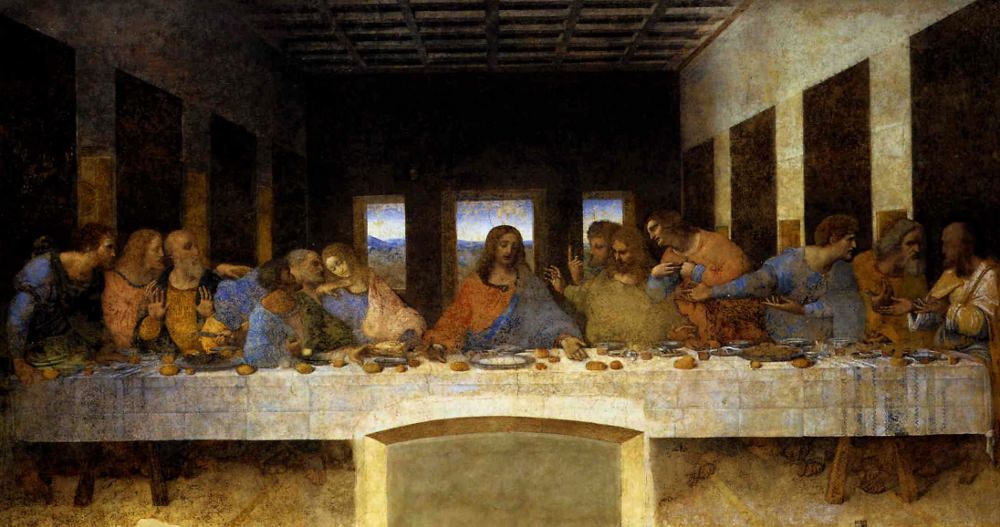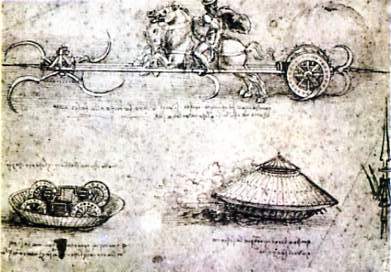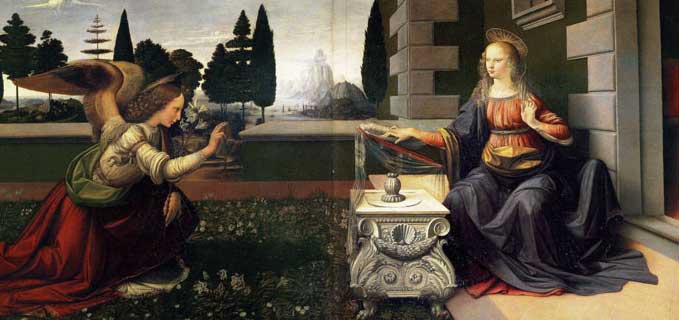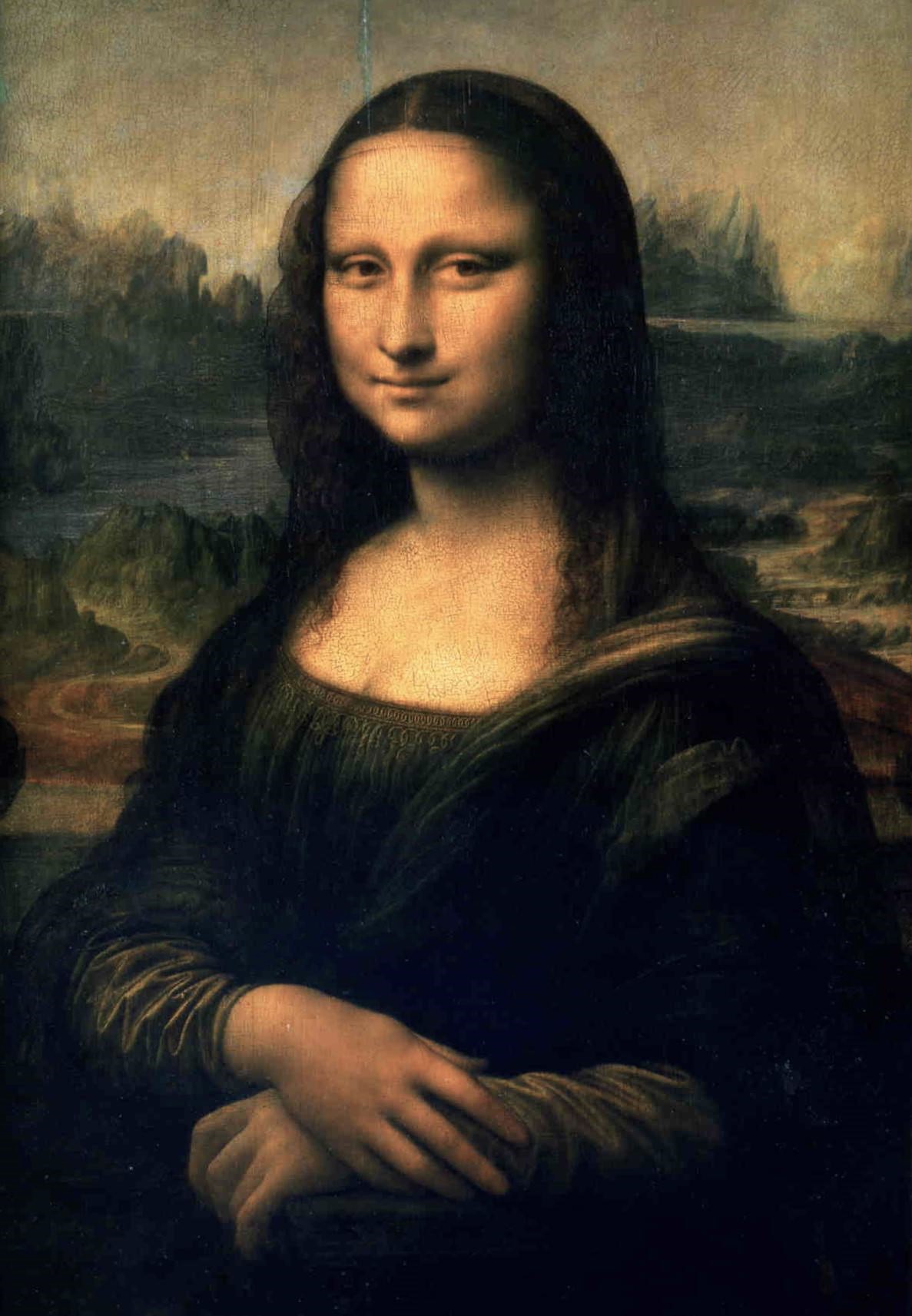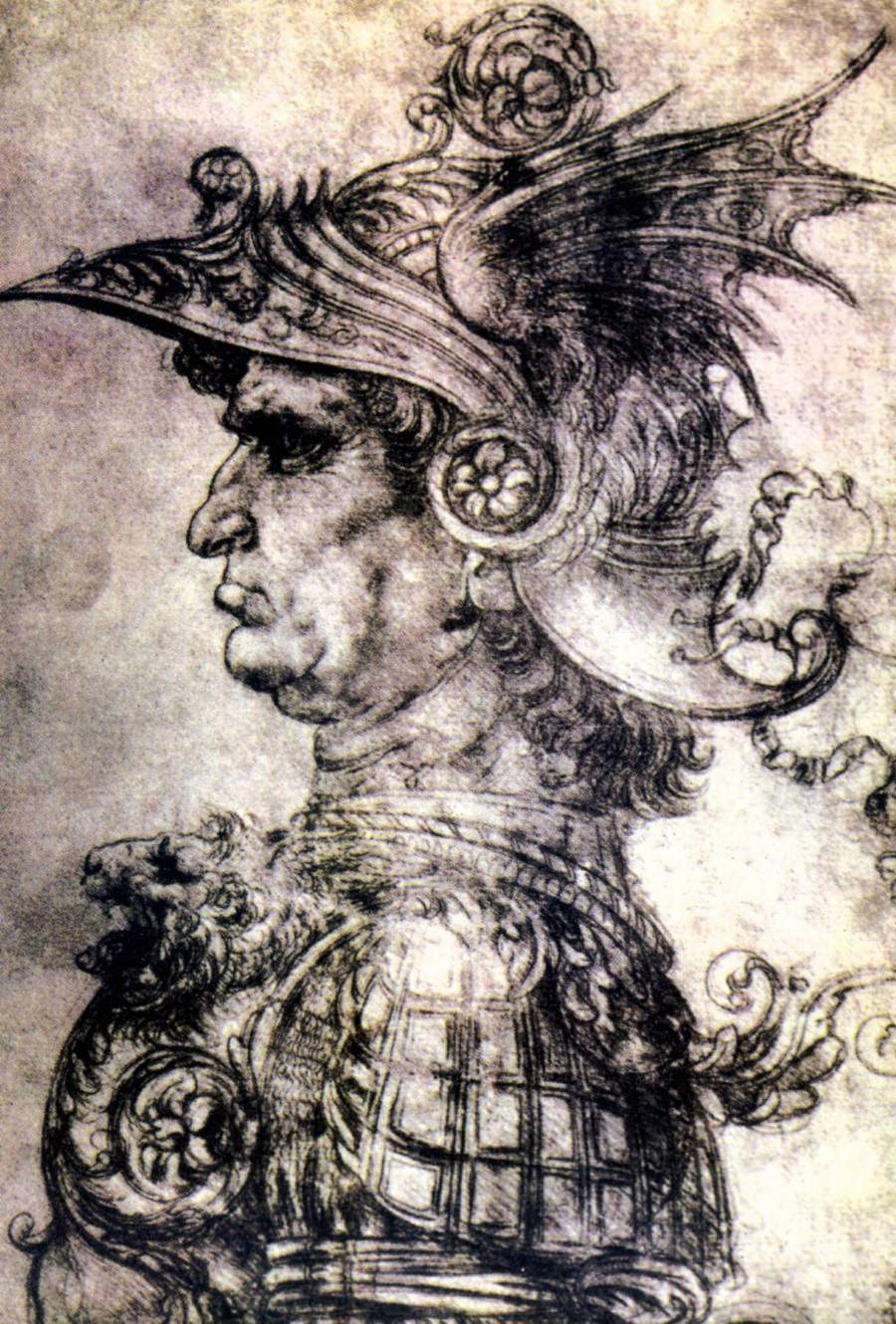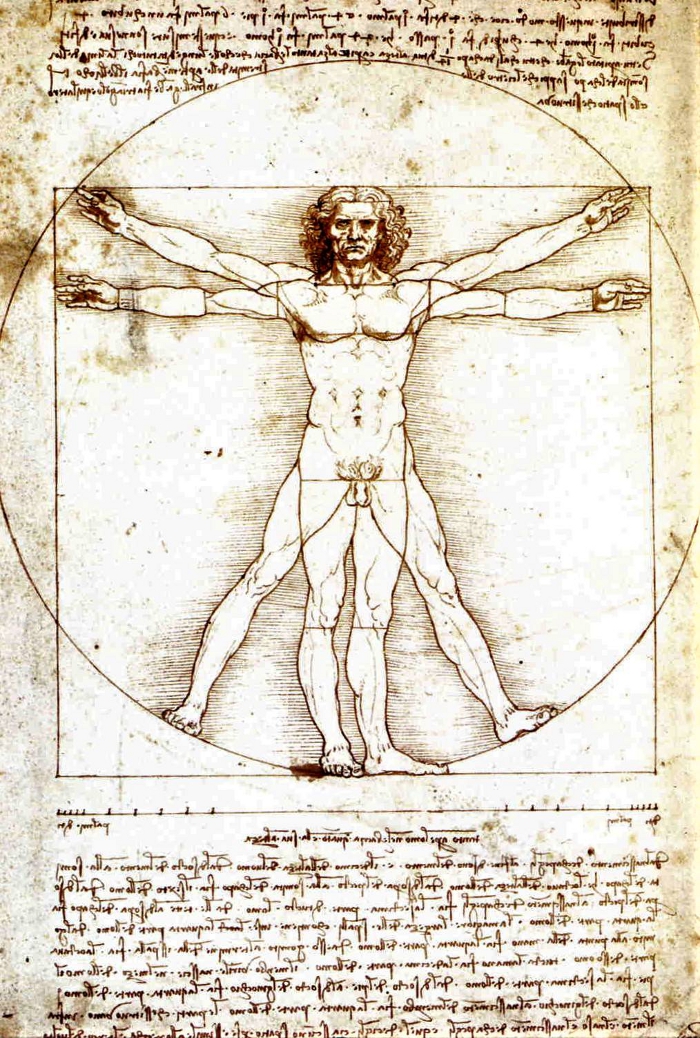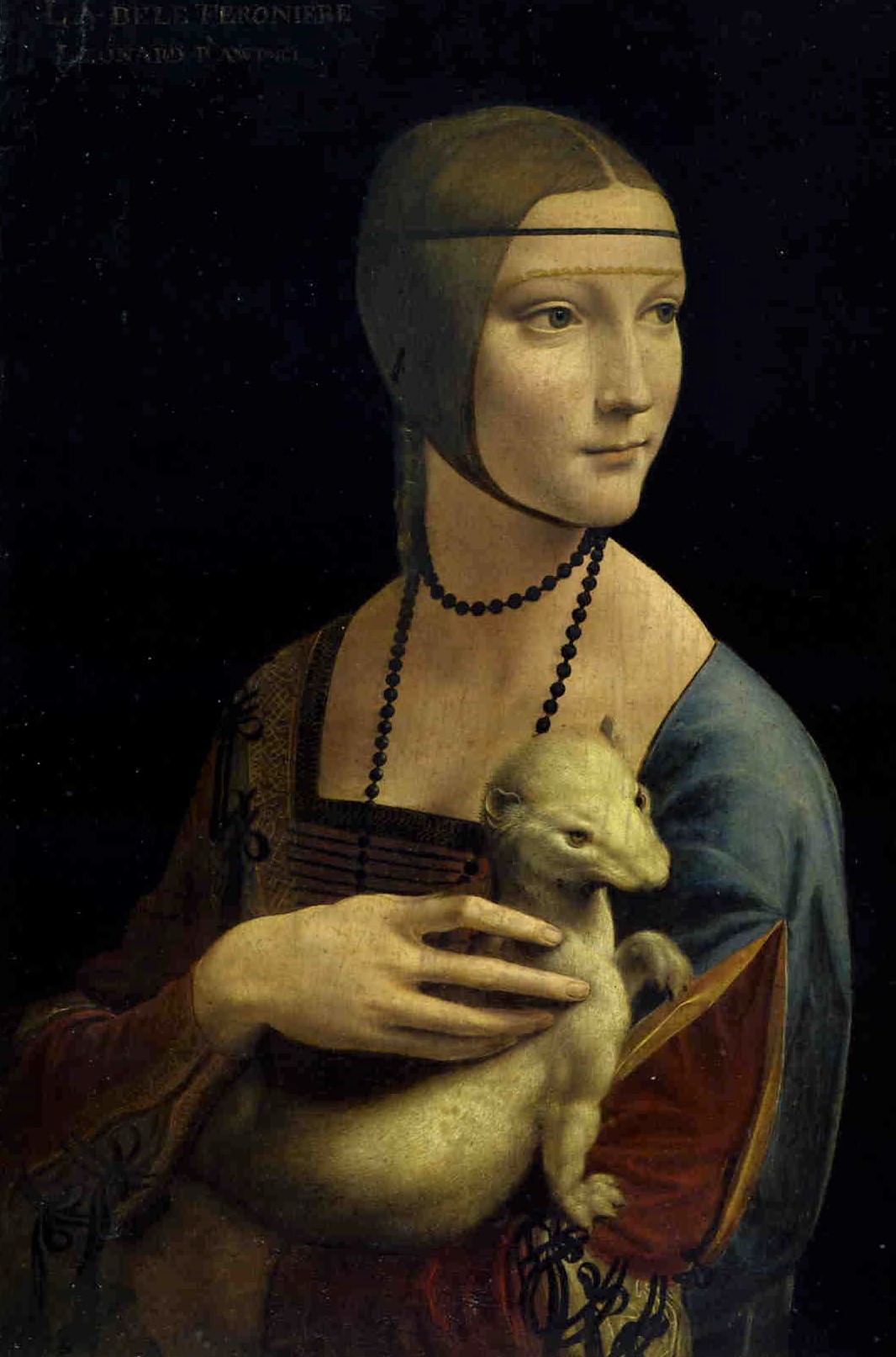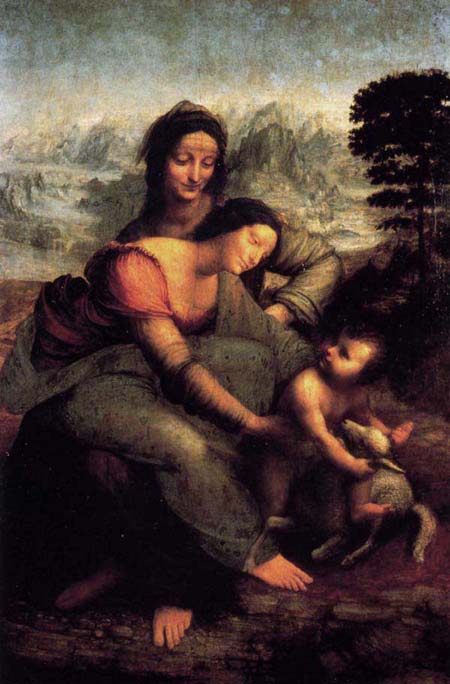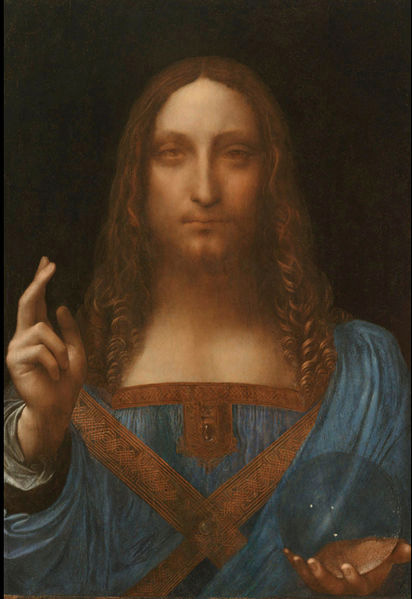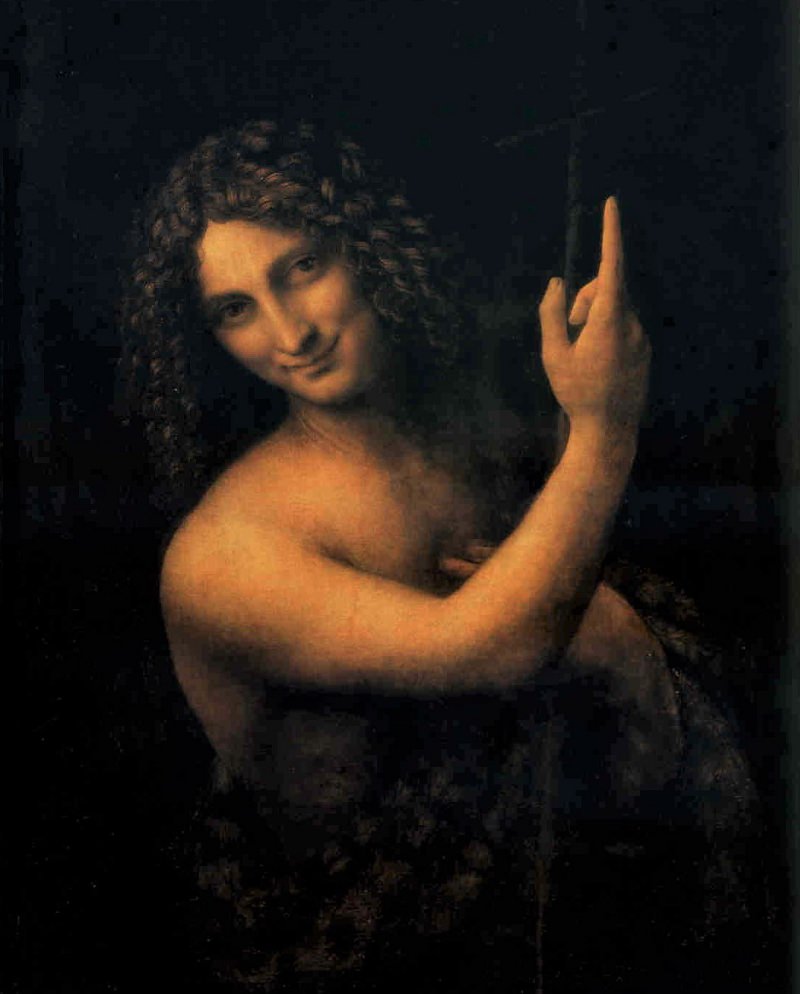Leonardo Drawings.
Da Vinci's Anatomical Studies.
Leonardo da Vinci dissected bodies at night, by candlelight, drawing with a piece of cloth covering his mouth and nose, a world away from the comfortable surroundings associated with his portrait paintings. Leonardo was the first to draw a three-dimensional, depiction of the parts of the dissected body. He was also the first to accurately draw the child in the womb. His aim was to record the birth, life, and death of man in his Treatise on Anatomy, begun in 1489. The tragedy is that this work was never published, and knowledge that would have certainly advanced the medical science of the time was overlooked for years.
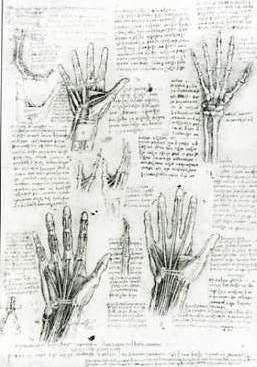 Studies or the arm and the hand. 1510. (s)
Studies or the arm and the hand. 1510. (s) Pen and ink with black chalk.
Pen and ink with black chalk.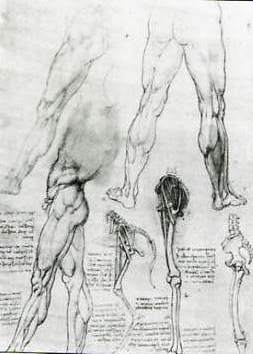 Man's legs compared with those of a horse. 1506-07 (s)
Man's legs compared with those of a horse. 1506-07 (s)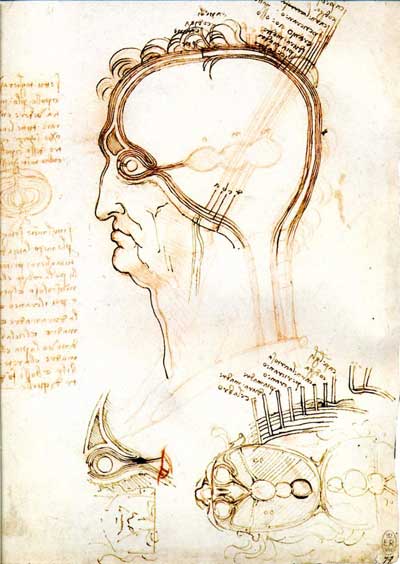 Anatomy of the eye, a section of a man's head. (s) Red chalk, pen, and ink. Royal Library, Windsor Castle.
Anatomy of the eye, a section of a man's head. (s) Red chalk, pen, and ink. Royal Library, Windsor Castle.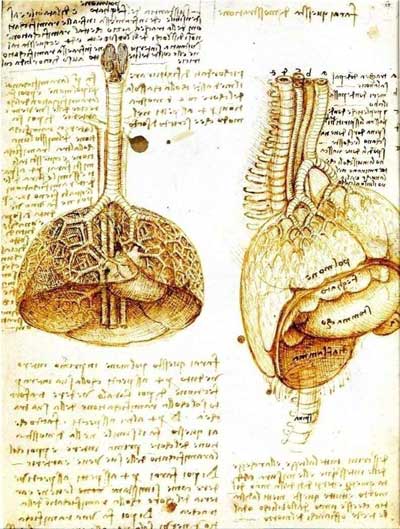 The abdominal organs. 1508-09 (s) Pen and ink. Royal Library, Windsor Castle.
The abdominal organs. 1508-09 (s) Pen and ink. Royal Library, Windsor Castle.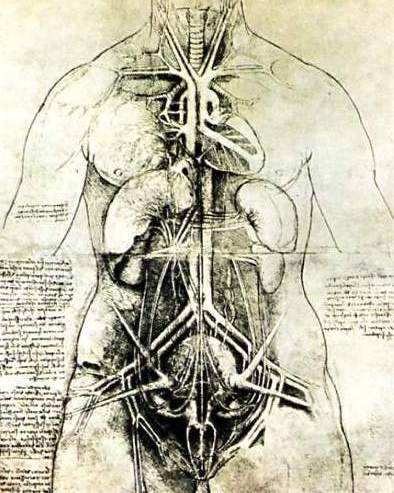 Anatomical Study. (s) Pen and ink and black pencil on paper. Windsor Royal Collection.
Anatomical Study. (s) Pen and ink and black pencil on paper. Windsor Royal Collection.- Home
- Leonardo da Vinci
- Leonardo Drawings
